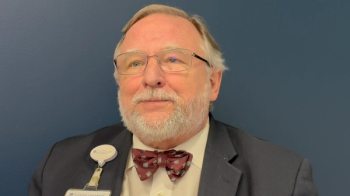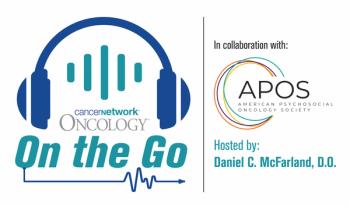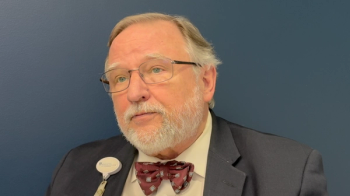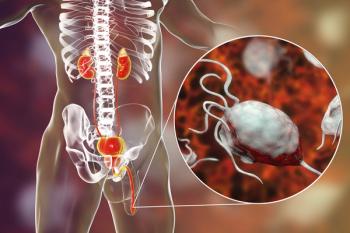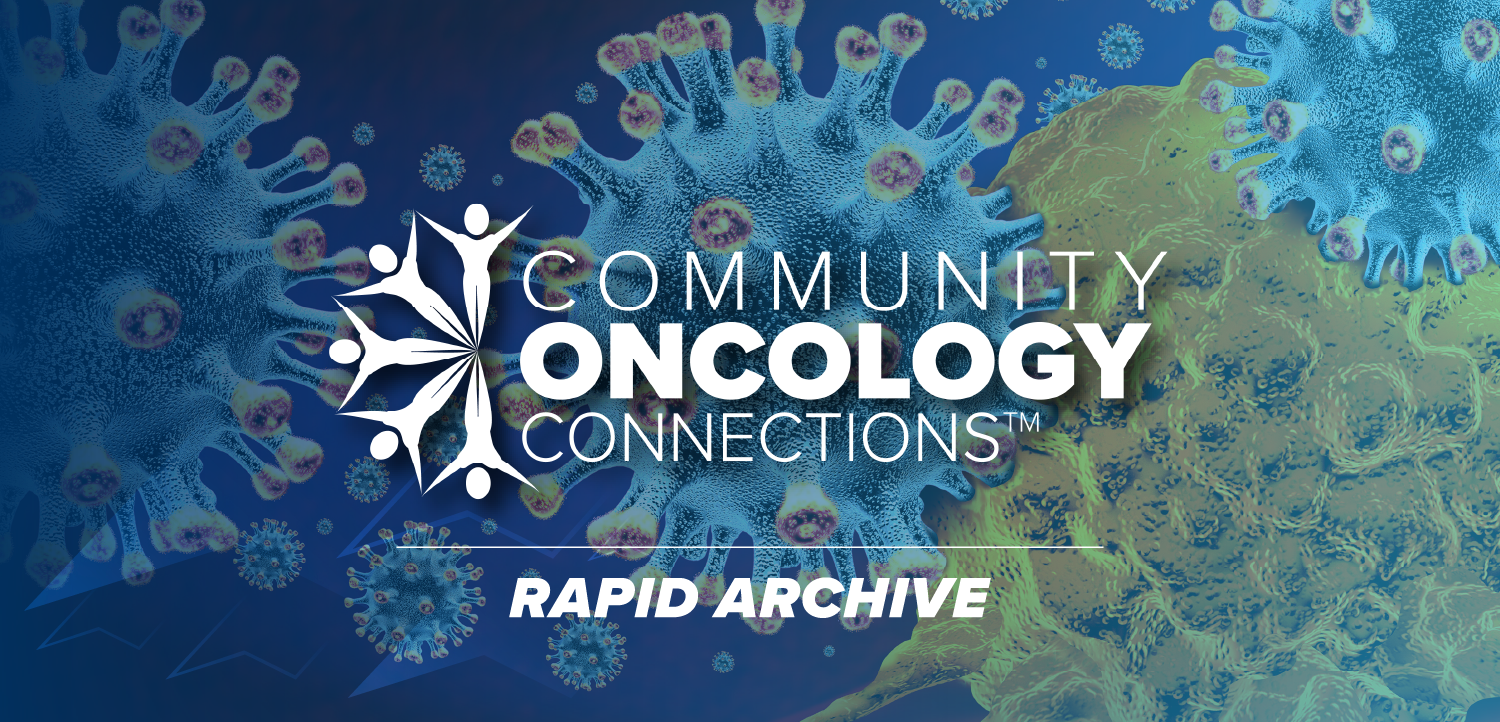
Spotlighting Emergent CAR T-Cell Therapy in High-Risk B-Cell Lymphomas
Jose Sandoval Sus, MD, discussed standard CAR T-cell therapies in patients across multiple high-risk lymphoma indications.
In a conversation with CancerNetwork® at the 2025 National Immune Cell Effector Therapy Conference, Jose Sandoval Sus, MD, assistant member of the Malignant Hematology and Cellular Therapy Program at Moffitt Cancer Center, discussed the use of emergent chimeric antigen receptor (CAR) T-cell therapies across numerous high-risk B-cell lymphoma indications.1
He began by expressing his belief that all patients with primary refractory lymphomas or those with early recurrence should receive CAR T-cell therapies, stating that they should be the standard of care in the US. He further outlined 2 agents that have demonstrated improved overall survival (OS) outcomes in the second line for these patients: axicabtagene ciloleucel (axi-cel; Yescarta) and lisocabtagene maraleucel (liso-cel; Breyanzi).
For third-line therapy, he explained that liso-cel and axi-cel have shown 5-year survival rates of approximately 35% to 40%, and that a third compound, tisagenlecleucel (tisa-cel; Kymriah), may show promise. According to Sandoval Sus, tisa-cel, which was approved for adult patients with relapsed/refractory large B-cell lymphoma in 2018, exhibited favorable OS and progression-free survival outcomes in these patients.2
Transcript:
[When] talking about diffuse large B-cell lymphoma not otherwise specified or high grade B-cell lymphoma with high risk features—for example, rearrangements in MEK and BCL2—I firmly believe that for patients who have a primary refractory disease, meaning that they did not have a response through the first chemoimmunotherapy regimen, or the patients with an early relapse, meaning that the disease [recurs] in the first 12 months, CAR T-cell therapies in the US should be the standard of care.
We have 2 constructs that have demonstrated [an improvement in OS]. One of them demonstrated improvement in overall survival in second-line therapy that is called axicabtagene ciloleucel, otherwise [called] axi-cel. We have another one that is trending that way and has remarkable outcomes as well, which is called lisocabtagene maraleucel, [also known] as liso-cel.
In the third line, I believe that every patient should be offered treatment with anti-CD19 CAR T-cell therapy. In that setting, we have 3 constructs. I already talked about axi-cel and liso-cel, which at 5 years, [showed] around 35% to 40% of patients were alive and some of them without [any] disease whatsoever. There's another compound that is called tisagenlecleucel, otherwise known as [tisa-cel], approved for relapsed/refractory large B-cell lymphoma after 2 lines of therapy or more. In that setting, it shows promising progression-free survival [and] overall survival outcomes in general in patients with large B-cell lymphoma.
References
- Sandoval Sus J. Revolutionizing lymphoma treatment: the latest breakthrough in CAR-T therapy. Presented at: 2025 National Immune Cell Effector Therapy Conference; July 26, 2025; Orlando, FL.
- FDA approves tisagenlecleucel for adults with relapsed or refractory large B-cell lymphoma. FDA. May 1, 2018. Accessed August 1, 2025. https://tinyurl.com/5exzpw6p
Newsletter
Stay up to date on recent advances in the multidisciplinary approach to cancer.


